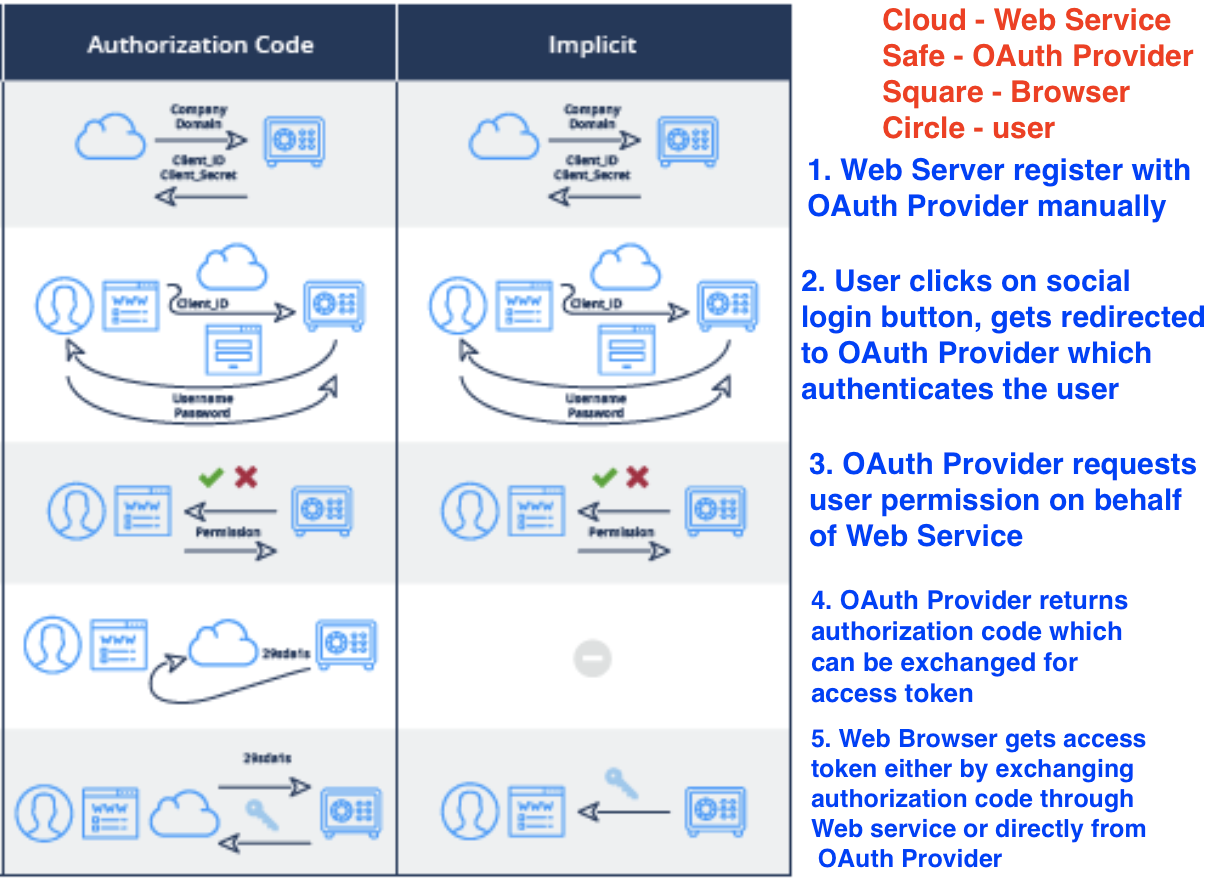What José F. Romaniello said is correct. However, your question is broad and thus I feel any offered conclusions are just generalities at this point.
Application state
For example, without knowing how complex your application state is at the time you want to let your users log in, nobody can know for sure if using a redirection is even practical at all. Consider that you might be willing to let the user log in very late in his workflow/application usage, at a point where your application holds state that you really don't want to serialize and save for no good reason. Let alone write code to rebuild it.
Note: You will see plenty of advice to simply ignore this on the web. This is because many people store most of the state of their application in server-side session storage and very little on their (thin) client. Sometimes by mistake, sometimes it really makes sense -- be sure it does for you if you choose to ignore it. If you're developing a thick client, it usually doesn't.
Popup dialogs
I realize that popups have a bad rep on the web because of all their misuses, but one has to consider good uses. In this case, they serve exactly the same purposes as trusted dialogs in other types of systems (think Windows UAC, fd.o polkit, etc). These interfaces all make themselves recognizable and use their underlying platform's features to make sure that they can't be spoofed and that input nor display can't be intercepted by the unprivileged application. The exact parallel is that the browser chrome and particularly the certificate padlock can't be spoofed, and that the single-origin policy prevents the application from accessing the popup's DOM. Interaction between the dialog (popup) and the application can happen using cross-document messaging or other techniques.
This is probably the optimal way, at least until the browsers somehow standardize privilege authorization, if they ever do. Even then, authorization processes for certain resource providers may not fit standardized practices, so flexible custom dialogs as we see today may just be necessary.
Same-window transitions
With this in mind, it's true that the aesthetics behind a popup are subjective. In the future, browsers might provide APIs to allow a document to be loaded on an existing window without unloading the existing document, then allow the new document to unload and restore the previous document. Whether the "hidden" application keeps running or is frozen (akin to how virtualization technologies can freeze processes) is another debate. This would allow the same procedure than what you get with popups. There is no proposal to do this that I know of.
Note: You can simulate this by somehow making all your application state easily serializable, and having a procedure that stores and restores it in/from local storage (or a remote server). You can then use old-school redirections. As implied in the beginning though, this is potentially very intrusive to the application code.
Tabs
Yet another alternative of course is to open a new tab instead, communicate with it exactly like you would a popup, then close it the same way.
On taking user credentials from the unprivileged application
Of course it can only work if your users trust you enough not to send the credentials to your server (or anywhere they don't want them to end up). If you open-source your code and do deterministic builds/minimization, it's theoretically possible for users to audit or have someone audit the code, then automatically verify that you didn't tamper with the runtime version -- thus gaining their trust. Tooling to do this on the web is nonexistent AFAIK.
That being said, sometimes you want to use OAuth with an identity provider under you control/authority/brand. In this case, this whole discussion is moot -- the user trusts you already.
Conclusion
In the end, it comes down to (1) how thick your client is, and (2) what you want the UX to be like.

